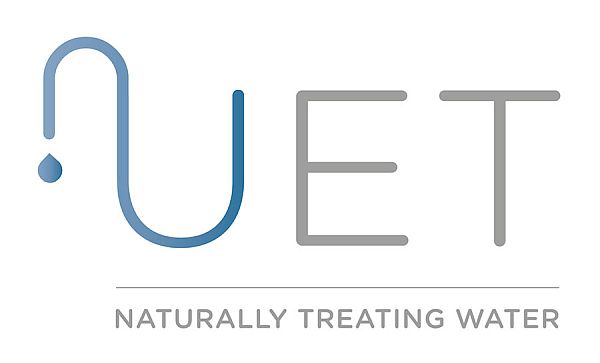Analyzing the new wave of chemical-free water treatment technology

Though UET technology is being employed for several years now in commercial and industrial settings, it is still very new. However, these advances have taken decades of scientific research and experimentation to evolve. This has far-reaching implications for the environment and human life. By incorporating these new methods and systems, large-scale organizations are facilitating a shift towards sustainable development all across the world.
Processed water treatment systems no longer require the use of potentially harmful chemicals. UET companies have revolutionized the way power plants, medical facilities, and production organizations function. These systems save on energy and water while protecting the environment and preventing the growth of disease-causing bacteria.
Finding the balance
As increasing numbers of organizations adopt this technology around the world, the benefits of these innovations become more pronounced. The world of cooling tower chemical treatment has evolved to be free of additional chemicals, capitalizing instead on the natural processes at play.
Unlike traditional systems, the new technology developed for cooling tower water treatment now combats problems of corrosion, scale, and microbial life with automated processes. These systems can detect even minor deviations from the optimal pH level. They then can adjust the balance of the chemical composition of water through electrolysis to maintain pH equilibrium.
These “dynamic equilibrium” systems are remarkably simple, however. Traditional systems involve the use of added chemicals to achieve the same goal of balancing pH level. The UET reactor system is unique as it simply makes use of the ions created in the electrolysis process.
Biocide, scale removal, and corrosion prevention
The reactor includes a series of chambers in which these reactions take place. Each chamber is configured to restore equilibrium to the mineral balance through electrolysis.
Using simple DC and electrodes, the reactors use the chloride ions produced in the process of electrolysis to kill off bacteria by generating a biocide. This prevents contamination as well as diseases such as Legionnaires’ which arises from Legionella. Heavy metals and scale are removed in a controlled and easy to clean environment. These are then collected in the reactor before the liquid is sent to the basins of the cooling towers. In effect, this means that much less water and energy is required, corrosion is prevented, and treatment is highly effective and efficient. Cleaning is only required two or three times a year.
The use of these systems is scientifically documented across the world. Integrating them has seen some of the biggest multinational companies in the world saving up to 80 percent of water and about 30 percent of energy. They have also saved billions of dollars in the process. With absolutely no added chemicals and the safe removal of heavy metals and scale, these systems are making monumental contributions to environmentally friendly production efforts.
Companies such as Siemens, Coca-Cola, Nestle, Ford, HP, and Johnson & Johnson have successfully integrated these systems. Case studies such as these are a testimony to the power of simplicity in technology. As more organizations adopt these UET systems, the outlook of eco-friendly production and operations is extremely positive.
